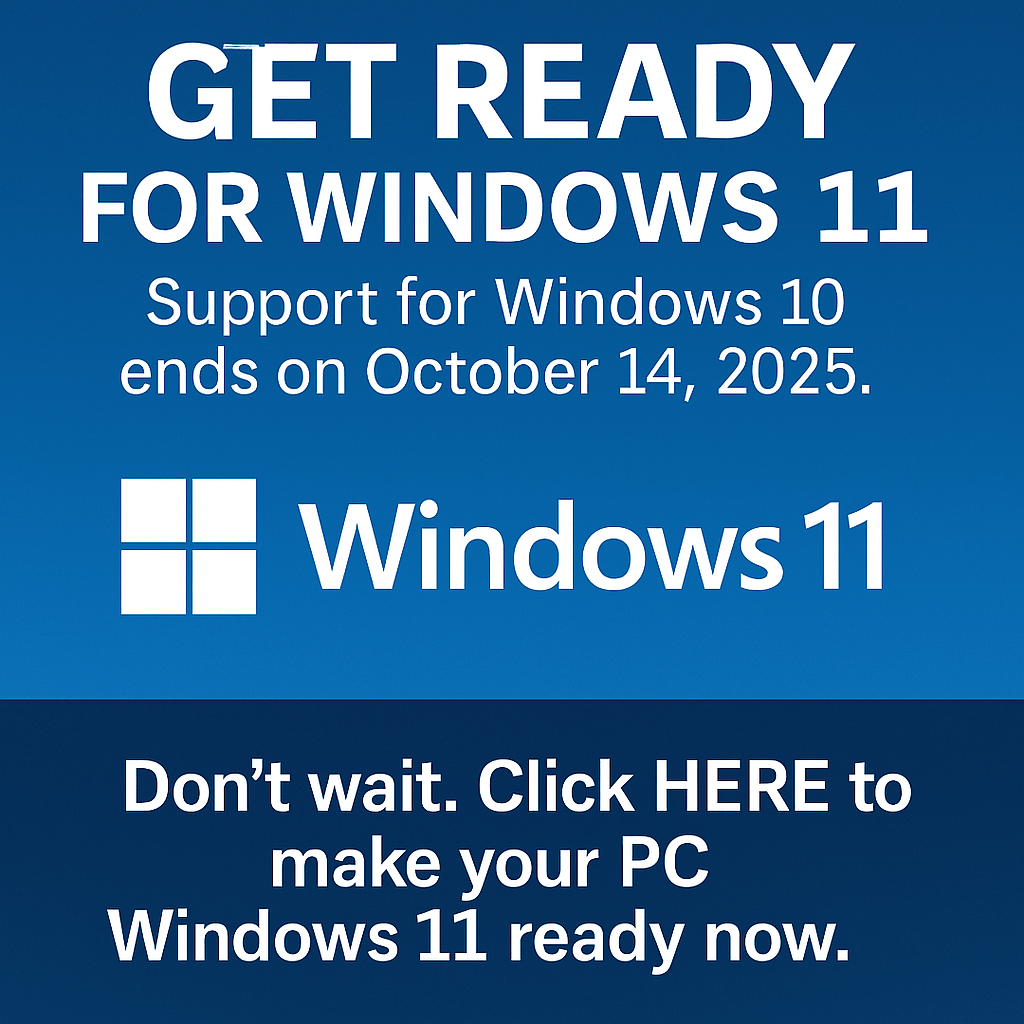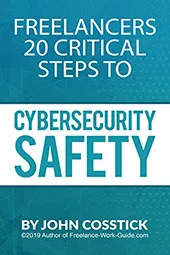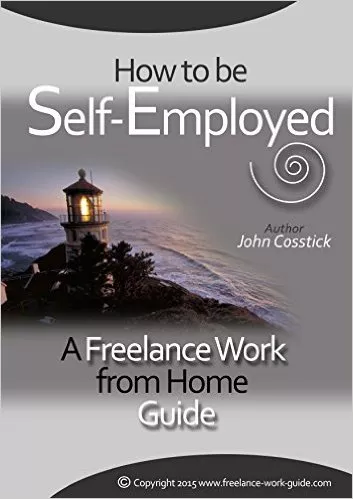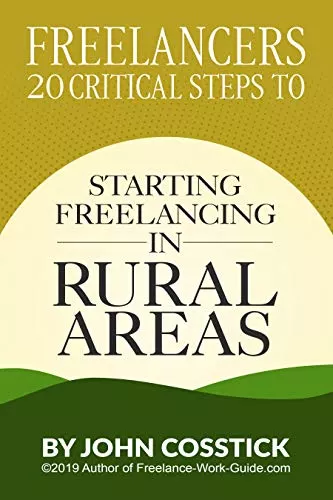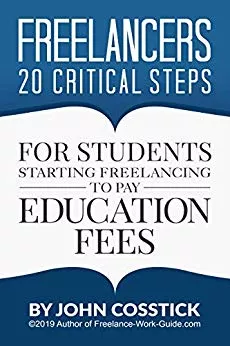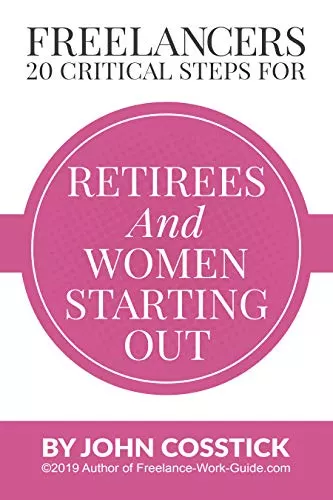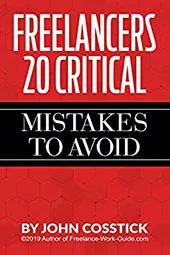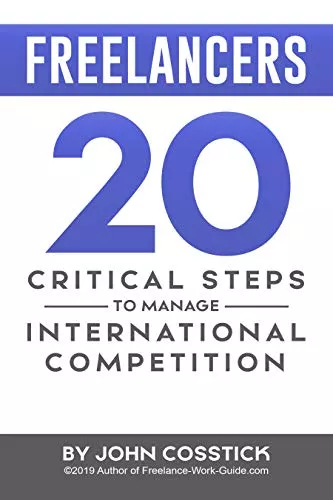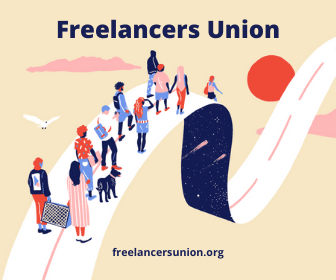Creativity isn’t just a spark of inspiration—it’s a skill we can analyze and measure. Today, measures of creativity and creativity assessment tools help turn ideas into actions. They are used in schools and boardrooms to unlock human potential.
This guide explains how creativity is evaluated. It covers standardized tests, self-reflection, and real-world observation. You’ll learn how to assess and boost creative abilities in any setting.
Key Takeaways
- Creativity measurement provides clear frameworks for evaluating innovative thinking.
- Standardized tests and self-assessments offer reliable data on creative potential.
- Modern measures of creativity apply to education, business, and personal growth.
- Quantitative and qualitative methods combine to capture the full scope of creative expression.
- Understanding creativity assessment tools empowers individuals and organizations to innovate effectively.
Understanding the Importance of Measuring Creativity
In today’s world, innovation is key in many fields. creativity assessment is crucial for spotting talent and tracking progress. It helps both businesses and schools create spaces where new ideas can flourish.
Why Creativity Measurement Matters in Today’s World
Big names like Apple and Google use creativity assessment to find and keep innovators. Schools also use it to teach problem-solving skills. Without these tools, it’s tough to see how well we’re doing or where to put our resources.
The Evolution of Creativity Assessment Through History
Back in the early 1900s, psychologists like J.P. Guilford linked creativity to thinking skills. By the 1960s, E. Paul Torrance’s tests were a big step forward. Now, AI tools check brainstorming and writing to measure originality. This change shows how far we’ve come in measuring creativity.
Additionally, computational models utilizing machine learning algorithms have been developed to automatically evaluate creative outputs. A study published in 2022 demonstrated the use of such models to assess creativity in programming projects, highlighting the potential of AI in creativity assessment. (https://arxiv.org/abs/2211.05227?utm_source=chatgpt.com)
Balancing Quantitative and Qualitative Approaches
Good creativity assessment uses both numbers and stories. Quantitative methods include:
- Standardized test scores tracking idea fluency
- Algorithms analyzing originality in digital submissions
Qualitative insights come from:
- Portfolio reviews of artistic or technical projects
- Peer feedback during collaborative tasks
By mixing both, we get a more complete picture of creativity.
The Four Primary Dimensions of Creative Thinking
Creative thinking has four main parts. These are fluency, flexibility, originality, and elaboration. They help us see how well someone can think creatively in school or work.
- Fluency: This is about how many ideas someone can come up with. For example, brainstorming 20 uses for a paperclip shows high fluency.
- Flexibility: It’s about being able to think of different ways to use something. If a student can think of both artistic and practical uses for a tool, they show flexibility.
- Originality: This is about coming up with new ideas. Saying you have a solar-powered pencil sharpener is more original than just any old sharpener.
- Elaboration: This means adding more details to make an idea better. Turning a simple idea into a detailed plan is a good example of elaboration.
“Creativity is the process of exerting original ideas and then applying them to meet challenges.” — J.P. Guilford, psychologist and creativity researcher
These parts work together. Fluency gives you lots of ideas, while flexibility makes them different. Originality makes your ideas stand out, and elaboration makes them workable. Tests like the Torrance Tests measure these to see how creative someone is.
By knowing these parts, teachers and bosses can make better tests to see how creative people are. The next parts will look at tools that measure these traits in real life.
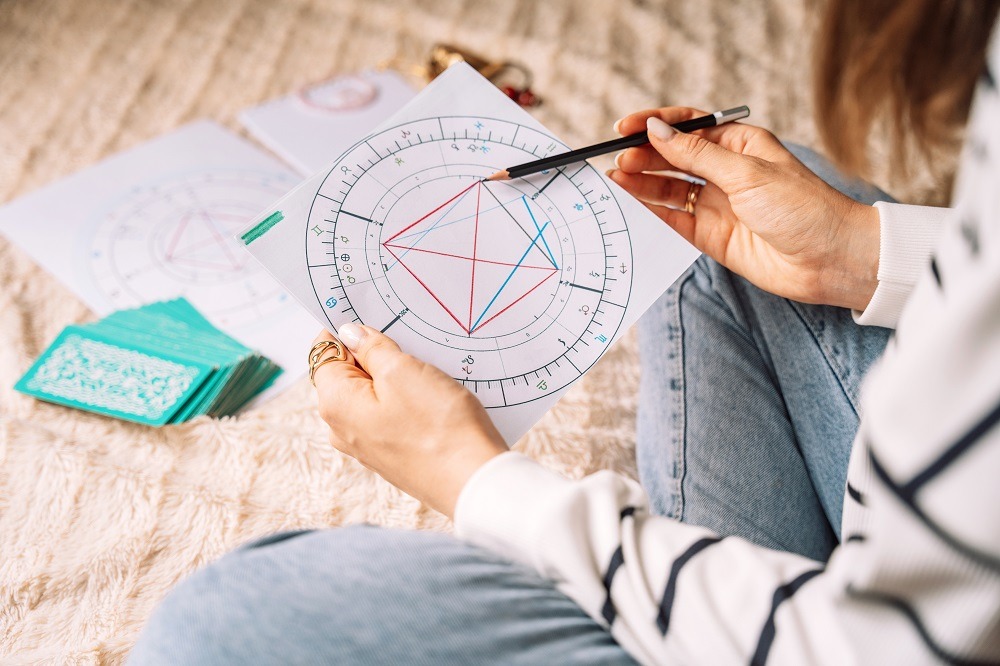
Divergent Thinking: The Foundation of Creative Measurement
Divergent thinking is key in today’s measures of creativity. It looks at how people come up with many different ideas. This is the base for checking creative skills in many areas. The Torrance Tests of Creative Thinking (TTCT) by E. Paul Torrance are a top choice for this.
Torrance Tests of Creative Thinking Explained
These tests ask for creative ideas, like making a new invention with certain materials. They score how original, detailed, and adaptable the ideas are. For example, a “floating garden” idea for urban farming is very original.
Measuring Fluency, Flexibility, Originality, and Elaboration
Scoring looks at four main traits:
- Fluency: Total ideas generated
- Flexibility: Variety of ideas
- Originality: How unique the ideas are
- Elaboration: How detailed the ideas are
Practical Applications of Divergent Thinking Tests
Schools use these measures of creativity to find gifted students. Companies like Google use them to see if people can solve problems well. Researchers study creative trends to help shape education policies.
“Creativity is spontaneity controlled by purpose.” — E. Paul Torrance
These tools mix structure and imagination. They help teachers and employers encourage innovation in practical ways.
In recent years, advancements in technology have introduced new methods for assessing creativity. For instance, the Divergent Association Task (DAT), developed in 2021, measures creativity by analyzing the semantic distance between words provided by individuals, offering a quick and reliable assessment tool. (https://en.wikipedia.org/wiki/Divergent_Association_Task?utm_source=chatgpt.com).
Standardized Measures of Creativity: Tools and Frameworks
Standardized tools help measure creativity in many places. They make sure everyone is judged fairly. This helps teachers, researchers, and workers find and grow new ideas.
The Kaufman Domains of Creativity Scale
This tool looks at five areas of creativity:
- Everyday creativity in solving daily problems
- Scholarly creativity in research
- Performance creativity in art or tech
- Scientific creativity in new ideas
- Artistic creativity in design and art
People rate their own creative skills. It’s good for those 18 and older. It’s used in schools and workplaces.
Remote Associates Test and Its Applications
The Remote Associates Test tests thinking by linking words. For example, finding a word that connects “time,” “hair,” and “stretch” (answer: “long”). It’s great for tech and business to see how people solve problems fast.
Creative Achievement Questionnaire Overview
This questionnaire was made by social psychologists. It asks about real creative achievements. People rate their work in areas like writing and invention.
“The CAQ provides tangible evidence of creative output, making it ideal for talent identification programs.” — Journal of Creative Behavior, 2020
These tools help assess creativity for learning, career growth, and innovation in companies.
Behavioral and Performance-Based Measures of Creativity
Measuring creativity often goes beyond tests to real-world actions. Quantifying innovative ideas means watching how people solve problems in practical ways. Experts use a method where many people rate creative works like art or inventions. This way, they get a true view of analyzing imaginative potential.
- Behavioral Rubrics: Track spontaneous creativity in classrooms or workplaces by noting idea generation, risk-taking, and adaptability.
- Portfolio Evaluations: Review collections of student or employee work overtime to spot creative growth patterns.
- Performance Tasks: Assign open-ended challenges (e.g., designing a new app feature) to observe creative processes under pressure.
| Method | Description | Example |
| Consensual Assessment | Expert panels rate originality and usefulness of creative outputs | Art school critiques |
| Behavioral Observation | Track spontaneous creative behaviors in real-time settings | Classroom brainstorming sessions |
| Portfolio Analysis | Review accumulated work samples to identify trends in innovation | Student project reviews |
These methods offer clear ways to measure creativity in action. Teachers use performance tasks to see how well students solve problems. Businesses use portfolio reviews to check how innovative their employees are. By looking at what people do, these methods give us a better understanding of creativity in real life.
For example, organizations are now employing AI-driven tools to evaluate the creativity of marketing campaigns by analyzing consumer engagement and feedback, allowing for more dynamic and responsive creative strategies. (https://www.axios.com/2025/03/27/agentic-ai-cybersecurity-microsoft-crowdstrike?utm_source=chatgpt.com).
Self-Assessment Tools: Evaluating Your Own Creative Abilities
Discover your creative side with tools made to evaluate creative abilities and analyze imaginative potential. They let you see how you’re doing, find your strong points, and grow on your own.
Creative Personality Scale: Understanding Your Creative Traits
Begin with the Creative Personality Scale, a quiz that finds traits like curiosity and boldness. Answer questions like “I often think of new ways to solve problems” to see where you can get better. It shows how your personality affects your creativity.
Daily Creativity Logs and Portfolio Assessments
- Keep a daily log to write down ideas, challenges, and successes.
- Build a digital or physical portfolio of your work to see how you’ve grown.
- Look over your work each week to find patterns and see how your creativity has grown.
Digital Applications for Tracking Creative Output
Apps like Notion or Canva help you map out your work and see your ideas. Tools like Ideament help you organize your brainstorming, and Strikingly lets you create online portfolios. These tools make your creative work easy to track and show off.
Organizational Approaches to Quantifying Innovative Ideas
Companies all over the world want to measure creativity to grow. They use tools like innovation dashboards to track important metrics. These include patents, new products, and process improvements. This turns creative ideas into data for making decisions.
Teams test their originality skills with climate assessments. Tools like the KEYS scale and Situational Outlook Questionnaire help. They see how work environments support risk-taking and sharing ideas.
Network analysis also plays a role. It maps how teams work together to find creative spots in companies.
- Innovation dashboards show trends in R&D and market impact
- Climate surveys check if workplaces are safe for trying new things
- Patent analytics show a company’s long-term creativity and influence
Google’s Project Aristotle and 3M’s 15% time policy are great examples. They show how linking creative metrics to business results works. Companies like Procter & Gamble use data to improve their idea-making processes.
They also check how well teams are doing in being creative. This makes sure their strategies match their innovation goals.
Cultural and Contextual Factors in Creativity Measurement
Creativity assessment isn’t the same for everyone. Cultural values and environments play a big role in how creativity is seen and judged. This means we need measures of creativity that fit each person’s background. Traditional creativity measurement tools often focus on Western views, but they miss the mark globally.
Cross-Cultural Variations in Creativity Assessment
Cultural norms affect how we see creativity. For instance, some cultures value unique ideas, while others focus on group unity. Research shows that scores on tests like the Torrance Tests vary a lot between countries. Tools made in one place might not understand creativity in others, leading to wrong results. It’s important to consider these differences to avoid unfair judgments.
Domain-Specific vs. Domain-General Measures
Creativity can be about a specific area or a general skill. The Creative Achievement Questionnaire looks at artistic or scientific achievements. On the other hand, the Alternate Uses Test tests our ability to think outside the box. Creativity measurement tools need to be clear about what they measure. This ensures we get accurate results.
Environmental Influences on Creative Expression
Places like schools or workplaces can really impact our creativity. Open offices or flexible rules can help spark new ideas. Studies show that students in supportive classrooms do better on measures of creativity. But, a strict environment can stifle creativity, changing how we see results.
Implementing Creativity Metrics in Educational and Professional Settings
Teachers and employers now use specific ways to check creative skills. Schools use testing originality skills in hands-on projects. Companies also have methods to increase innovation. Here’s how to use these strategies well:
Classroom Applications for Testing Originality Skills
- Give open-ended tasks like “design a sustainable city” to see problem-solving skills.
- Use scoring rubrics to judge idea uniqueness and quality.
- Try digital tools like IdeaFlow or Canva to track student work.
Workplace Implementation of Creativity Assessment
Companies like Google and IDEO use creativity assessment tools when hiring. Here’s what they do:
- Add creativity modules to employee training.
- Hold team brainstorming sessions to score idea variety.
- Link creativity scores to performance reviews with tools like Adobe’s Creative Cloud.
Ethical Considerations in Measuring Creative Potential
“Assessments must avoid favoring specific cultural perspectives,” warns Dr. Maria Lopez, creativity researcher. Biases in scoring and data privacy risks need a careful watch.
Make sure assessments really measure creative ability, not just following trends. Regular checks of tools like the Torrance Tests help ensure fairness.
Conclusion: Moving Beyond Traditional Measures of Creativity
Creativity measurement tools have grown beyond simple tests. Yet, they still struggle to capture all of our imagination. Modern tools like the Torrance Tests and digital systems give us data. But they often miss the dynamic nature of creative thinking.
To truly measure innovation, we need to mix data with real-life observations. This blend will give us a clearer picture of creativity.
New technologies like AI and real-time tracking are changing how we analyze creativity. These tools follow creative behavior in different settings. They show how our surroundings and mindset shape our ideas.
Neuroimaging studies are also exploring the brain’s role in creativity. They uncover the neural paths behind groundbreaking ideas. This research is pushing the limits of how we evaluate creativity.
The future of creativity measurement lies in using many methods together. Schools and workplaces can use tools and student portfolios or projects. This way, they can better support and develop creative talent.
It’s important to remember that creativity is unpredictable. No single test can fully capture it. We must accept that there’s no one-size-fits-all approach to measuring creativity.
As we move forward, we must consider the ethics of our methods. Relying too much on scores can stifle creativity. But using a balanced approach that values both the process and the outcome is more promising.
The goal is to create systems that respect creativity’s complexity. We should avoid rigid frameworks. The future of creativity measurement is about thoughtful evaluation and embracing the complexity of creative thinking.
FAQ
Q1: What are the primary measures of creativity used in assessments?
The main ways to measure creativity include fluency, flexibility, originality, and elaboration. These can be tested with standardized tests like the Torrance Tests of Creative Thinking. They can also be checked through portfolio assessments and expert opinions.
Q2: Why is it important to assess creativity in educational settings?
Assessing creativity in schools is key. It boosts innovative thinking and helps find students’ strengths. It also supports learning plans tailored to each student. This way, educators can help grow talent and improve problem-solving skills, which are crucial for success.
Q3: How can organizations measure creative potential in teams?
Companies can check team creativity using frameworks like KEYS and innovation metrics. They can track successful projects or patents. Team assessments and network analyses help see how well teams work together and the creative atmosphere in the company.
Q4: What tools are available for self-assessing creativity?
There are many tools for checking your own creativity. These include the Creative Personality Scale and daily logs to track creative activities. There are also digital apps to monitor creative output. These tools help people understand their creative journey.
Q5: What role do cultural factors play in creativity measurement?
Culture greatly influences how we measure creativity. Different cultures express creativity in unique ways. So, it’s important to make sure assessment tools fit each culture. This makes evaluations fair and accurate.
Q6: How can creativity assessment tools be used to quantify innovative ideas?
Tools for assessing creativity provide ways to measure innovative ideas. They use standardized metrics and frameworks. For example, the Remote Associates Test tests convergent thinking. The Creative Achievement Questionnaire looks at real-world creative achievements. This gives a full picture of someone’s creative work.
Q7: What are some ethical considerations in measuring creativity?
When measuring creativity, it’s important to be fair and avoid bias. We must also protect people’s privacy and be careful about what we consider “acceptable” creativity. These steps are key to making sure creativity assessments are fair and effective.
Q8: Can creativity measurement be reliably implemented in workplace settings?
Yes, measuring creativity at work can be done well. Using structured assessments that match job roles and company goals is best. Adding creativity metrics to hiring, evaluations, and team activities can create an innovative culture. This boosts productivity.
Many Wikipedia writers have contributed their thoughts to the issue of measuring creativity and it is worth reading the article in full.. . The following is a quote from that article http://en.wikipedia.org/wiki/Creativity.

